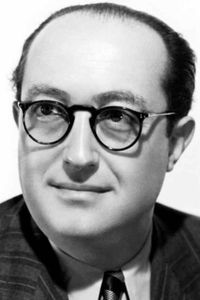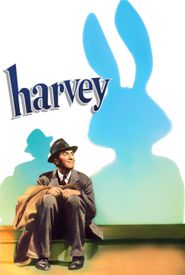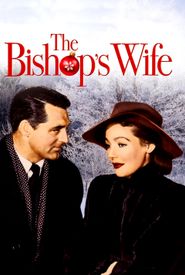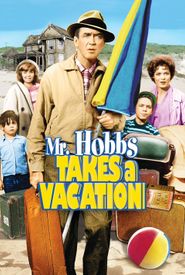Henry Koster was born Herman Kosterlitz on May 1, 1905, in Berlin, Germany. His maternal grandfather, Julius Salomon, was a famous operatic tenor who died of tuberculosis in the 1880s. Koster's father was a salesman who left the family when Henry was young, leaving him to support the family.
Henry attended gymnasium in Berlin while working as a short-story writer and cartoonist. He was introduced to films at a young age when his uncle opened a movie theater in Berlin and his mother would play the piano to accompany the films. Henry would often sit for hours watching the movies with his mother, who did not have day care.
At the age of 17, Henry achieved success as a short-story writer, which led to his being hired by a Berlin movie company as a scenarist. He became an assistant to director Curtis Bernhardt and eventually directed his first two films in Berlin.
However, when Adolf Hitler came to power, Henry knew he had to leave Germany. He was the victim of anti-Semitism and had already been attacked by a Nazi SA officer, which led him to leave the country and eventually settle in France.
Henry met and married Kató Király in Budapest and continued to work as a director, making four films for producer Joe Pasternak. In 1936, he was signed to a contract with Universal and brought to Hollywood with Pasternak and several other refugees.
Henry's first film in Hollywood was Three Smart Girls, which starred Deanna Durbin and was a huge success. He went on to make numerous musicals and family comedies during the late 1930s and early 1940s, many of which starred Betty Grable, Durbin, and other musical stars of the era.
He stayed at Universal until 1941, then worked for MGM and eventually moved to 20th Century-Fox. Henry was nominated for an Academy Award for The Bishop's Wife and directed several other successful films, including Harvey, My Cousin Rachel, and The Robe.
In the 1960s, Henry returned to family comedies and musicals, including Flower Drum Song and The Singing Nun. After finishing The Singing Nun, he retired from the film business to Leisure Village, Camarillo, California, where he indulged his lifelong interest in painting and created a series of portraits of the movie stars with whom he worked.






























































